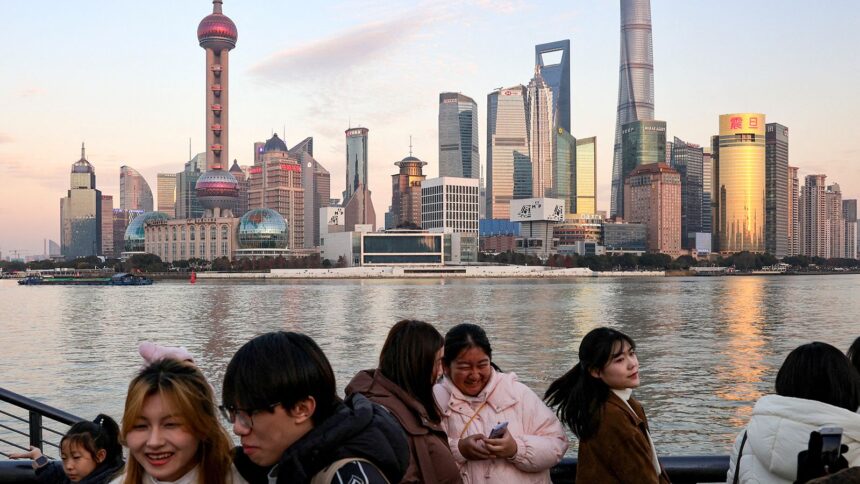China’s economy has experienced significant growth since September last year. Key indicators, including strong GDP results in the fourth quarter, point to a strong start for 2025.
This progress, which carried through the Chinese New Year, has been supported by stimulus policies and strategic measures aimed at addressing structural issues and fostering new avenues for growth.
However, these achievements come amidst growing challenges, as global uncertainties put additional strain on China’s economic stability.
Chinese President Xi Jinping acknowledged these difficulties in an article, noting that external pressures are creating hurdles for the country’s economic operations.
Despite these challenges, Xi emphasized that China’s economy has a solid foundation, substantial resources, and strong potential for long-term growth. He stated these fundamentals remain unchanged, as published in Qiushi Journal on Saturday.
China’s strategy for 2025 revolves around finding a balance between addressing external risks and maximizing domestic opportunities.
This year is particularly important as it concludes the 14th Five-Year Plan (2021–2025), which has focused on high-quality development, technological innovation, and sustainable reforms. It also sets the stage for the upcoming 15th Five-Year Plan (2026–2030), which aims to guide the next era of growth amidst shifting global and domestic conditions.
China Balancing Market Efficiency and Government Oversight
In the article, Xi highlighted the importance of balancing an effective market with responsible government intervention. He stressed that while the government should act decisively when needed, it must also know when to step back.
Recent policy initiatives reflect this approach. In January, the National Development and Reform Commission (NDRC) released guidelines to build a unified national market. These guidelines encourage local governments and departments to integrate into this single market and support its growth.
This initiative is expected to reduce transaction costs, foster a better environment for innovation and business expansion, and enhance competitiveness.
Economists widely agree that China’s economic progress relies on innovation and productivity rather than quick fixes. Policies like the unified market initiative showcase this shift towards long-term efficiency.
Matteo Giovannini, a finance expert at the Industrial and Commercial Bank of China, noted in an op-ed to CGTN that deregulating key industries, encouraging private-sector involvement, and attracting foreign investments in sectors like high-tech and green energy will be pivotal. He also emphasized the need to rebuild confidence among private businesses, which are critical drivers of employment, technological progress, and economic vitality.
A Strong and Flexible Economy
Xi’s article also addressed key priorities like balancing supply and demand to maintain economic stability. These align with the main goals set during the Central Economic Work Conference held last December.
These efforts not only aim to drive economic recovery but also provide a strong foundation for the 2025 targets. Many experts remain optimistic about China’s economic strength, pointing to its adaptability and enduring growth potential.
Michael Borchmann, former head of the European and International Affairs Department in Hesse, Germany, praised China’s ability to sustain high-quality development and meet annual GDP growth targets even amidst global challenges.
Official data reveals a 5% increase in China’s 2024 GDP compared to 2023, reaching 134.9 trillion yuan ($18.77 trillion). Borchmann noted this reflects the economy’s strength, growing domestic demand, and successful industrial upgrades.














